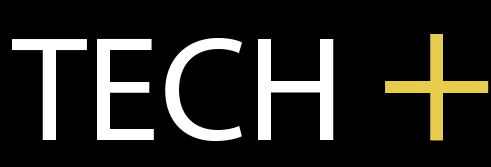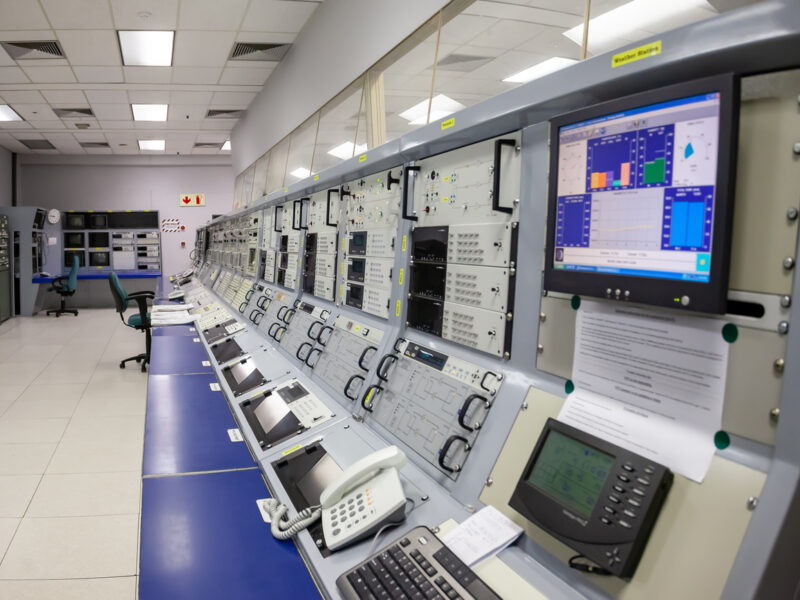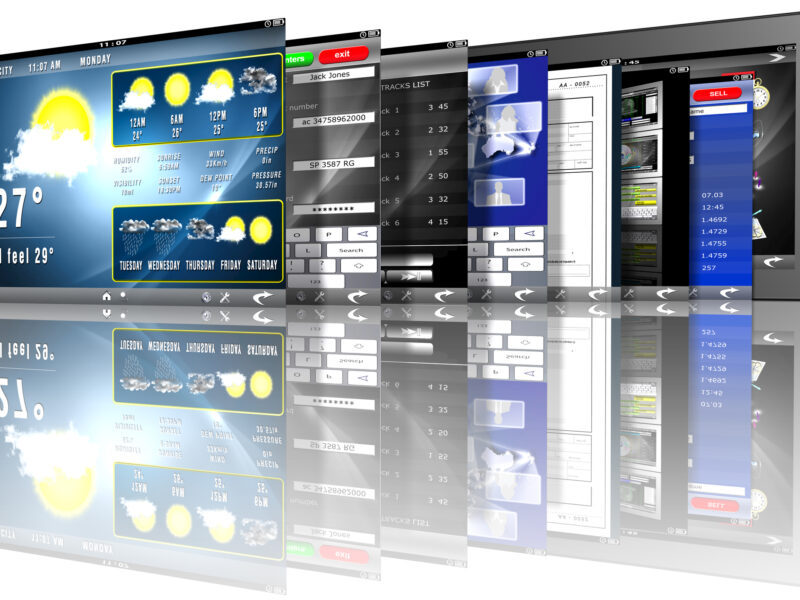In today’s digital age, display technology has advanced significantly, providing consumers with a wide range of choices when it comes to screens. Two popular display technologies that have gained prominence are E-Ink display and LCD. Each has its unique advantages and drawbacks, making it crucial to understand their differences to determine which is right for your specific needs. In this comprehensive guide, we’ll explore E-Ink and LCD technologies, their applications, and help you decide which display technology is the best fit for you.
Understanding E-Ink Technology
What Is E-Ink?
E-Ink, short for Electronic Ink, is a display technology primarily known for its energy efficiency and resemblance to printed text on paper. It is commonly used in e-readers like Amazon’s Kindle and electronic shelf labels. The key characteristics of E-Ink displays include:
- High Contrast: E-Ink displays offer high contrast ratios, making text and images appear sharp and clear, even in bright sunlight.
- Low Power Consumption: E-Ink only consumes power when the content on the screen changes, making it exceptionally energy-efficient.
- Wide Viewing Angles: E-Ink displays have wide viewing angles, ensuring readability from various positions.
- No Backlight: E-Ink screens do not emit light directly, reducing eye strain and making them suitable for prolonged reading.
Applications of E-Ink Displays
E-Ink technology is commonly found in:
- E-Readers: Devices like the Kindle use E-Ink displays for a paper-like reading experience with weeks-long battery life.
- Electronic Shelf Labels: Retailers use E-Ink for price tags that can be updated electronically, reducing labor costs.
- Digital Signage: E-Ink displays are used for outdoor signs due to their readability in direct sunlight.
- Smartwatches: Some smartwatches incorporate E-Ink screens to extend battery life.
Understanding LCD Technology
What Is LCD?
Liquid Crystal Display (LCD) technology has been prevalent for years and is used in various devices, including smartphones, TVs, computer monitors, and more. Key features of LCD displays include:
- Vivid Colors: LCDs can produce vibrant colors, making them suitable for multimedia applications.
- Fast Refresh Rates: LCDs can display fast-moving content, such as videos and games, with smooth transitions.
- Backlight: LCDs require a backlight, which can lead to higher power consumption compared to E-Ink.
Applications of LCD Displays
LCD technology is commonly found in:
- Smartphones: Most modern smartphones use LCD or OLED displays for vibrant visuals.
- Televisions: LCD TVs provide a wide range of screen sizes and resolutions for home entertainment.
- Computer Monitors: LCD monitors are widely used for productivity and gaming.
- Tablets: Many tablets utilize LCD or OLED screens for versatile applications.
E-Ink vs. LCD: A Comparative Analysis
Now that we have a basic understanding of both E-Ink and LCD technologies, let’s compare them in various aspects to help you make an informed decision.
1. Battery Life
E-Ink: E-Ink displays are renowned for their exceptional battery life. Since they only consume power when content changes, E-Ink devices like e-readers can last weeks on a single charge.
LCD: LCDs, especially those with high resolutions and refresh rates, can drain batteries quickly. Smartphones and laptops with LCD screens typically require daily charging.
2. Readability in Sunlight
E-Ink: E-Ink shines in direct sunlight. Its reflective nature makes it easy to read without glare or reflection, similar to physical paper.
LCD: LCD screens can suffer from glare and reduced visibility in bright sunlight, making them less suitable for outdoor reading.
3. Color and Multimedia
E-Ink: E-Ink displays are primarily grayscale and not suitable for displaying vibrant colors or multimedia content in the form of digital media player for signage. They excel at text-based applications.
LCD: LCDs offer full-color displays with excellent image quality, making them ideal for multimedia consumption, including photos, videos, and games.
4. Response Time
E-Ink: E-Ink displays have a slower response time compared to LCD, which may result in noticeable lag when interacting with the screen.
LCD: LCDs have fast response times, making them suitable for applications where quick transitions and animations are essential.
5. Price
E-Ink: Devices with E-Ink displays are generally more affordable, especially in the e-reader market.
LCD: Devices with LCD screens come in various price ranges, with high-end options offering advanced features at a premium.
Which Display Technology Is Right for You?
The choice between E-Ink and LCD ultimately depends on your specific needs and preferences:
Choose E-Ink If:
- You prioritize battery life and want a device that can last for weeks.
- You do a lot of reading and want a screen that resembles physical paper.
- Outdoor readability is essential to you.
- Choose LCD If:
- You require vibrant colors and plan to use your device for multimedia consumption.
- Fast response time and high refresh rates are important for your applications.
- You are looking for a versatile display for various purposes, including work and entertainment.
In conclusion, both E-Ink and LCD technologies have their strengths and weaknesses. E-Ink excels in battery life and outdoor readability, making it an excellent choice for e-readers and specific applications. On the other hand, LCD offers vibrant colors and versatility, making it suitable for a wide range of devices, from smartphones to gaming monitors. Consider your priorities and how you intend to use the device to determine which display technology is the right fit for you.




